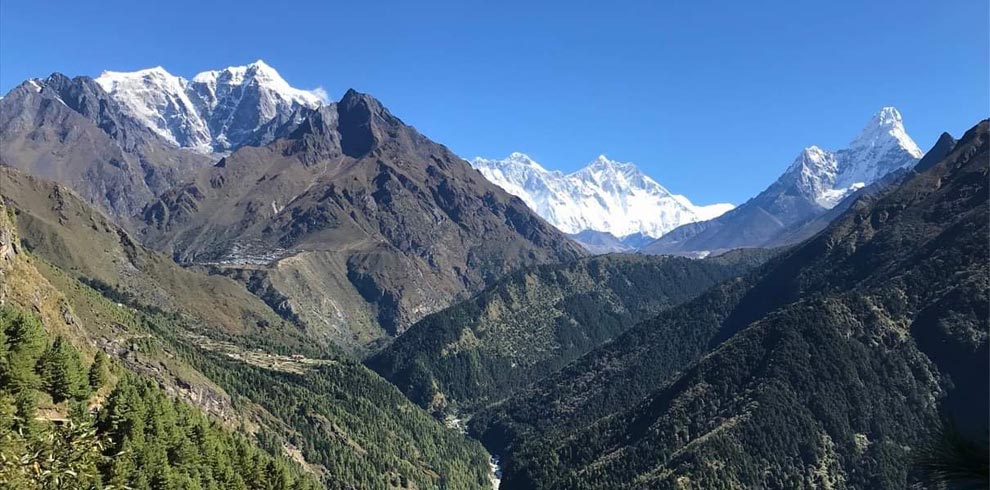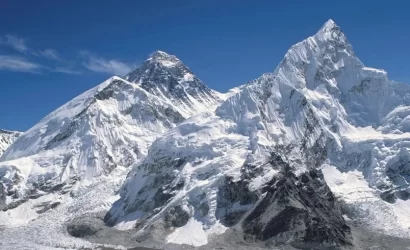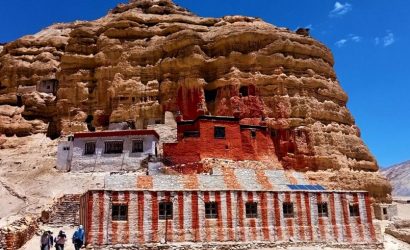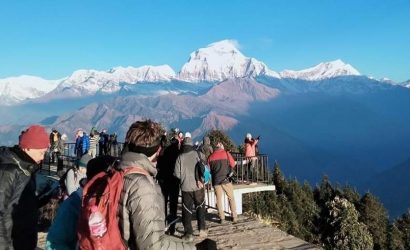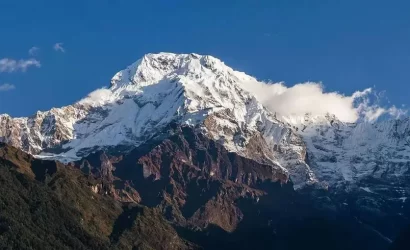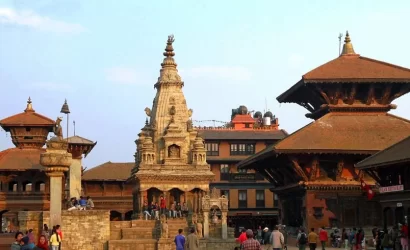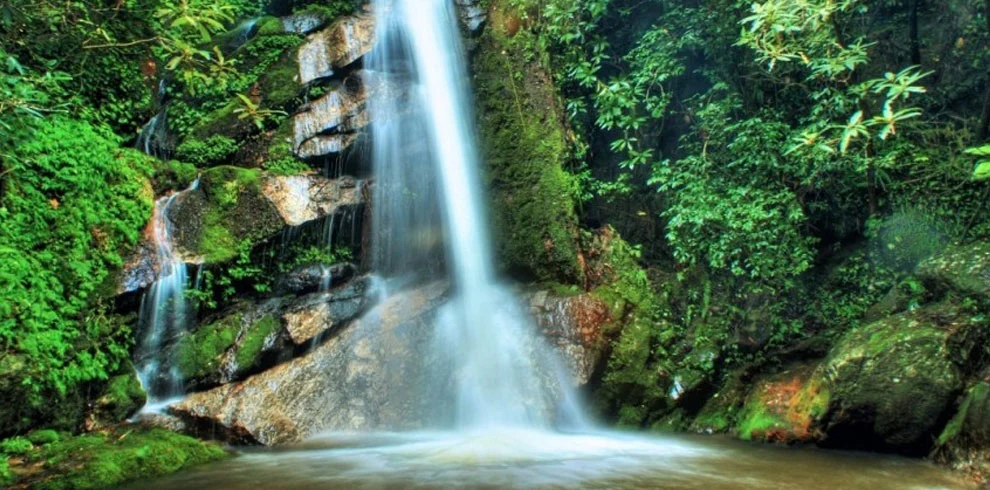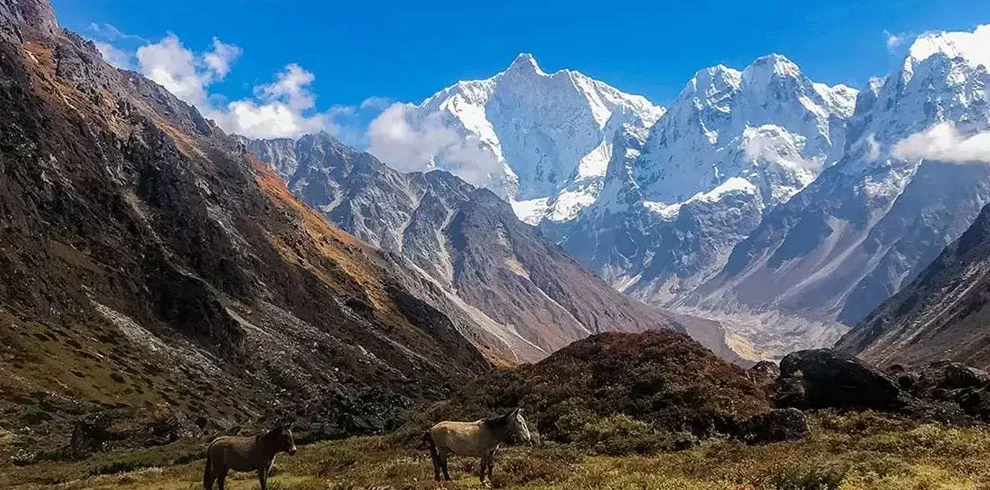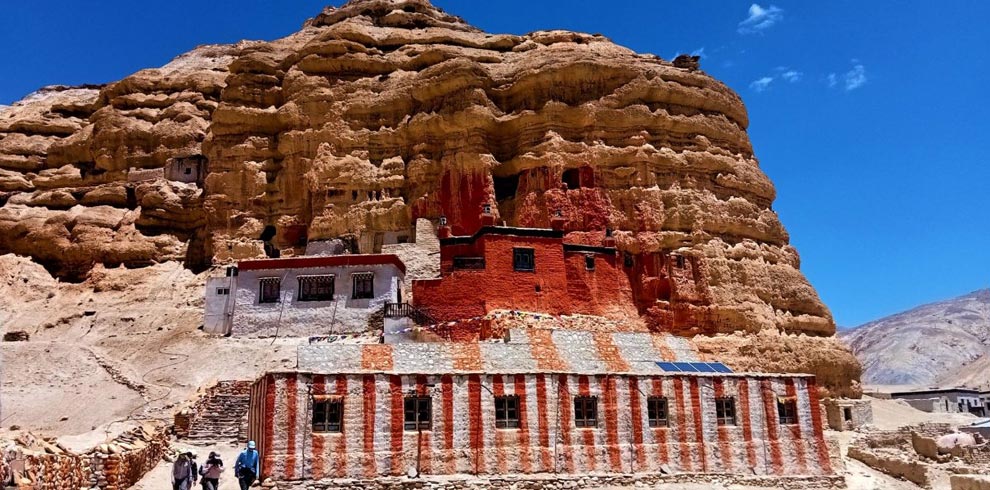Annapurna Circuit Trekking is one of the top ten popular trekking, an extraordinary mountain range in the Himalayas. It is also regarded as a walking holidays in the world. There are some breathtaking experiences you can make while going in this trip in the Annapurna region of Nepal. The Thorung La pass (5416m) is one of the world’s highest trekking passes. The view from the trail and the pass itself are outstanding. This circuit offers vast biodiversity, cultural live museum and splendid beauty of nature.
Overview
This area has been accessible to tourists since 1980. A recent poll by Modern Maturity (USA) named this region’s walking paths among the greatest in the world, making it one of the most popular trekking destinations worldwide. It leads you across the foothills of the Dhaulagiri and Annapurna mountains and through groves of rhododendron. Amazing views of the peaks, including Annapurna I, II, III, IV, Dhaulagiri (the magnificent ice pyramid), Machchhapuchhre (Fish Tail), Annapurna South, and Manaslu, may be had when trekking the Annapurna Circuit.
The Annapurna Circuit Trek can be completed in two to four weeks. There are numerous ways to get to your starting site for the Annapurna Trek, including taking a bus to Nadi. The path circles the Annapurna Range, a group of enormous, snow-capped peaks, several of which rise to elevations of above 26,000 feet. The 17,000-foot passes, glaciers, the world’s deepest valley, pine forests, rice terraces, tundra, isolated settlements, and historic monasteries may all be seen when trekking the Annapurna circuit. The majority of journeys begin at the Marsyangdi River and proceed north via Chame, Pisang, and Braga (or other valley communities) to the forested Manang Valley. It will take some time for you to adjust to the higher altitude. The 5416-meter Thorung La Pass will come into view halfway through the journey. Reaching the Hindu and Buddhist sanctuaries at Muktinath requires a difficult descent from the other side of the pass.
